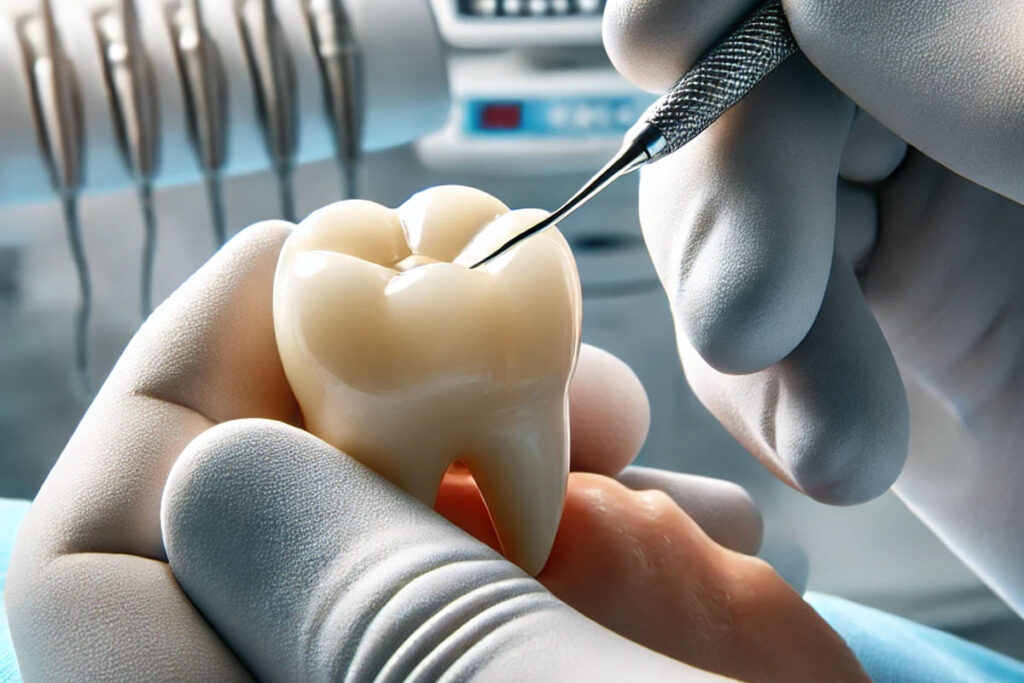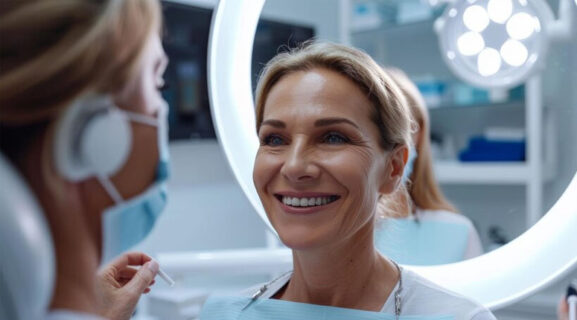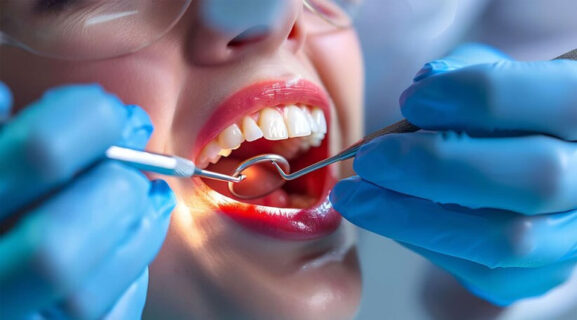Material Science of Zirconia Crowns
Understanding Zirconia Crowns
Zirconia crowns have revolutionized dental restorations with their remarkable strength and biocompatibility. As patients seek durable and aesthetically pleasing solutions, understanding the material science behind zirconia crowns becomes crucial. This article delves into the properties, strength, and biocompatibility of cosmetic crowns, offering insights into why they are a preferred choice in modern dentistry.

What is Zirconia?
Zirconia, or zirconium dioxide (ZrO2), is a ceramic material known for its high fracture toughness and strength. It is derived from zirconium, a metal with excellent corrosion resistance and durability. The transformation of zirconium into zirconia involves a process that enhances its properties, making it suitable for dental applications.
Properties of Zirconia crowns
- Aesthetic Appeal: Zirconia crowns mimic the natural color and translucency of teeth, providing a more natural appearance compared to traditional metal crowns.
- Durability: The inherent strength of zirconia makes these crowns highly resistant to wear and fracture, ensuring longevity.
- Biocompatibility: Zirconia is biocompatible, meaning it does not cause adverse reactions in the body, making it a safe choice for dental restorations.
Strength of Zirconia crowns
Material strength:
The strength of zirconia crowns is attributed to their crystal structure. Zirconia exists in three phases: monoclinic, tetragonal, and cubic. The tetragonal phase is stabilized at room temperature through the addition of Yttria (Y2O3), enhancing the material’s fracture toughness. This transformation toughening mechanism allows zirconia to resist crack propagation, making it one of the strongest materials used in dentistry.
Clinical performance
- Load-Bearing Capacity: Zirconia crowns can withstand significant biting forces, making them suitable for both anterior and posterior restorations.
- Longevity: Studies have shown that zirconia crowns have a high survival rate over extended periods, often exceeding ten years with proper care.
- Minimal Wear: Zirconia crowns cause less wear on opposing teeth compared to other materials, preserving overall dental health.
Biocompatibility of Zirconia crowns
Non-allergenic properties
Zirconia is a non-metallic material, reducing the risk of allergic reactions commonly associated with metal-based restorations. This makes zirconia crowns an excellent choice for patients with metal sensitivities.
Gingival health
Zirconia’s smooth surface helps prevent plaque accumulation, contributing to better gingival health. Additionally, the material’s biocompatibility ensures that it integrates well with the surrounding tissues without causing inflammation or irritation.
Thermal conductivity
Zirconia has low thermal conductivity, meaning it does not transfer heat or cold easily. This property helps in maintaining a comfortable temperature in the oral cavity, preventing discomfort from hot or cold foods and beverages.
Comparison with Other Materials
When compared to other dental materials such as porcelain-fused-to-metal (PFM) crowns, zirconia crowns offer superior strength and biocompatibility. While PFM crowns are also durable, the metal substructure can sometimes cause allergic reactions and aesthetic issues such as a dark line near the gum line.
Conclusion
The material science of zirconia crowns underscores their strength and biocompatibility, making them a superior choice for dental restorations. With their aesthetic appeal, durability, and safe integration with oral tissues, zirconia crowns provide a reliable solution for patients seeking long-lasting and natural-looking dental repairs. As advancements in dental materials continue, zirconia remains at the forefront, offering unparalleled benefits in modern dentistry. For those considering dental restorations, consulting with a dental professional about zirconia crowns can provide valuable insights and personalized recommendations.



